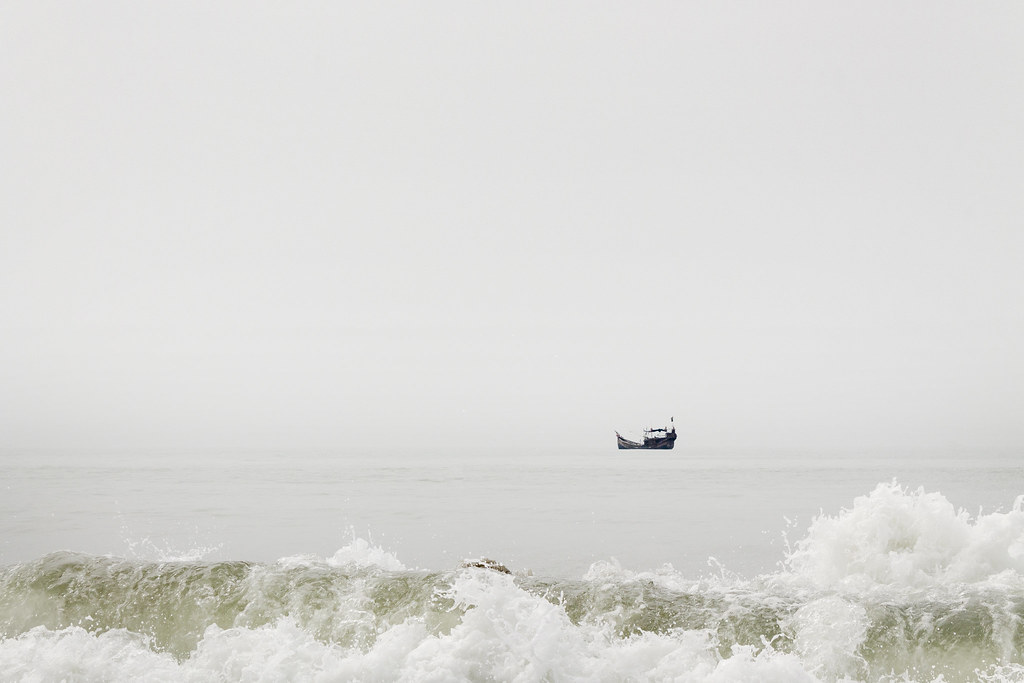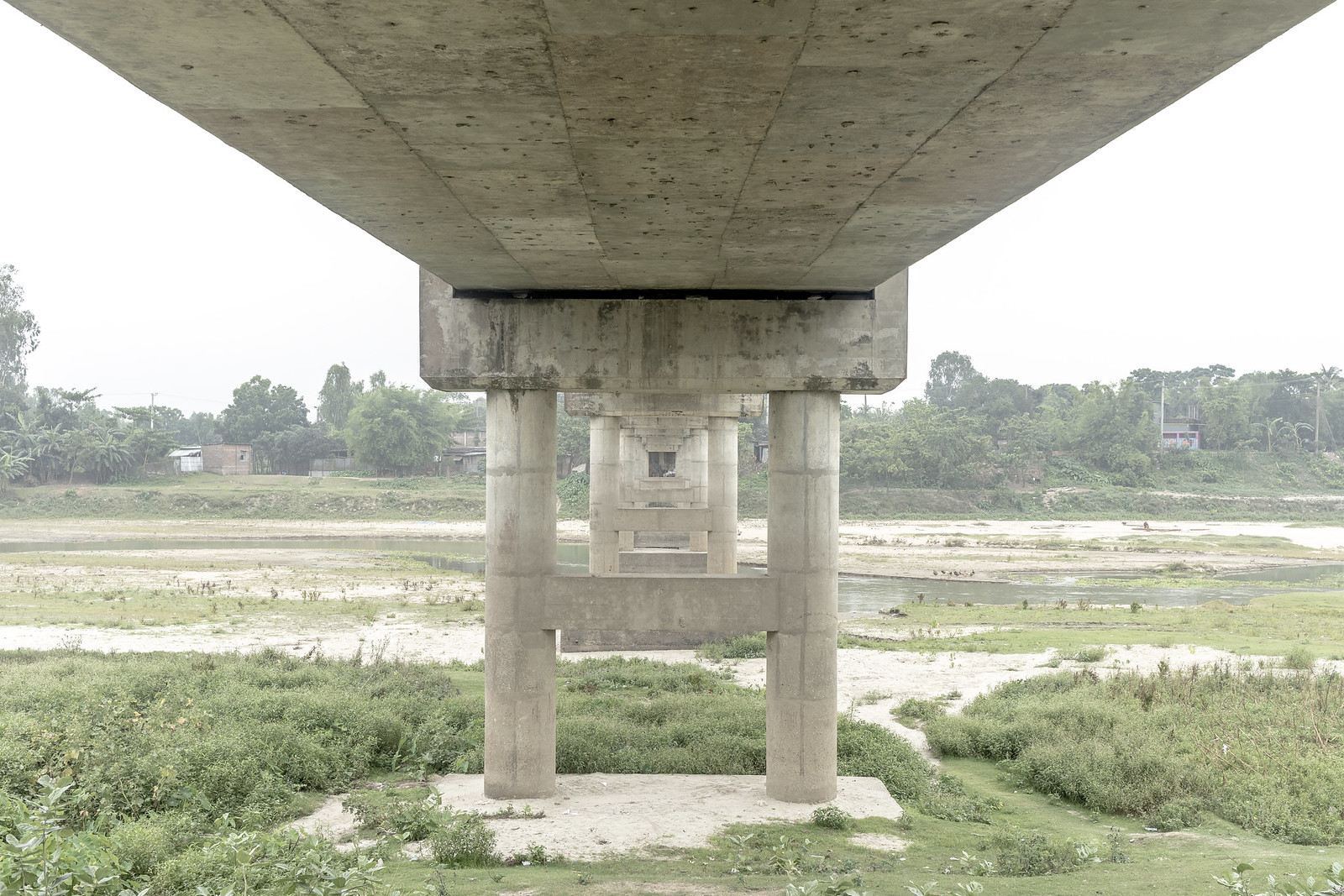


















Deadpan photography refers to a style of photography characterized by an emotionless or expressionless portrayal of subjects. In deadpan photography, the photographer typically adopts a detached and objective approach, presenting the subject matter in a straightforward and unemotional manner. This style often involves a lack of overt emotional or narrative content, and the images may appear to be flat or lacking in obvious emotion or drama.
Deadpan photography emerged in the late 20th century as a reaction to more expressive and subjective styles of photography. It is often associated with the New Topographics movement, which focused on the depiction of the built environment in a detached and seemingly neutral manner. Photographers like Bernd and Hilla Becher, Stephen Shore, and Lewis Baltz are often cited as practitioners of deadpan photography.
The term “deadpan” itself comes from the world of comedy, where it describes a delivery style characterized by a lack of expression or emotion. In photography, it is applied to images that similarly lack overt emotion or sentimentality. Deadpan photography can be a powerful way to engage viewers and encourage them to bring their own interpretations and emotions to the images.
Deadpan photography holds importance for several reasons, both within the realm of art and as a cultural and social commentary. Here are some aspects that highlight the significance of deadpan photography:
Critical Observation and Documentation:
Deadpan photography often involves a meticulous and objective observation of the subject matter. By presenting subjects in an unemotional and detached way, it allows for a more neutral documentation of the world. This can be particularly valuable for capturing the essence of a place, culture, or moment without subjective bias.
Social and Cultural Commentary:
Deadpan photography can serve as a form of commentary on societal and cultural aspects. By presenting scenes in a straightforward manner, photographers may highlight the mundane or overlooked aspects of everyday life, questioning societal norms and encouraging viewers to reconsider their perspectives.
Aesthetic Exploration:
The style of deadpan photography often explores the aesthetic qualities of composition, form, and color. It challenges traditional notions of beauty and invites viewers to appreciate the visual elements in a more objective and contemplative manner.
Emphasis on Conceptual Depth:
Deadpan photography often places a strong emphasis on conceptual depth and intellectual engagement. Photographers employing this style may challenge viewers to think critically about the meaning and context of the images, as the lack of overt emotion or narrative encourages interpretation.
Reaction to Pictorialism:
Deadpan photography emerged as a reaction to more expressive and subjective styles, such as Pictorialism. It represents a shift away from romanticized or idealized representations, opting for a more straightforward and objective approach to image-making.
Influence on Contemporary Art:
The influence of deadpan photography can be seen in various contemporary art practices. It has inspired other artists to experiment with detachment and objectivity in different mediums, leading to the creation of thought-provoking and intellectually stimulating works.
Encouraging Viewer Engagement:
By presenting scenes without overt emotion or narrative, deadpan photography often invites viewers to bring their own interpretations and emotions to the images. This interactive aspect can enhance the viewer’s engagement with the work, encouraging a more personal and subjective response.
In summary, deadpan photography contributes to the diverse landscape of photographic expression by offering a unique perspective that challenges conventional notions of emotion and subjectivity. It encourages viewers to reflect on the world in a more contemplative and critical way, making it an important and influential style within the broader field of photography.